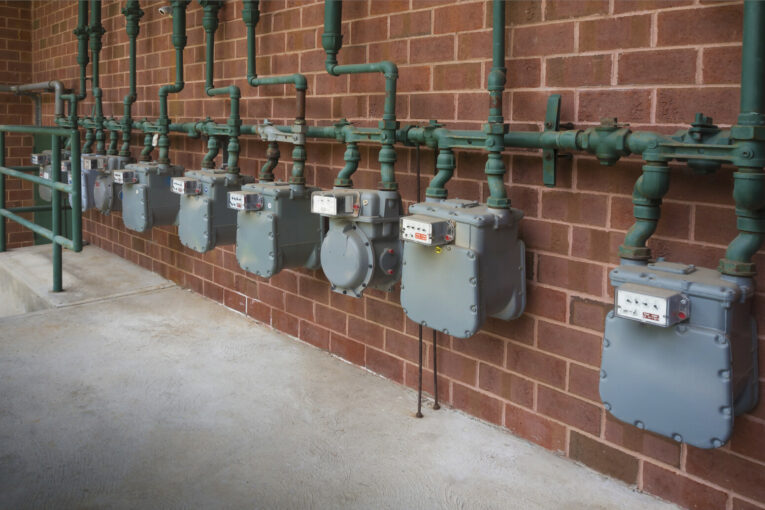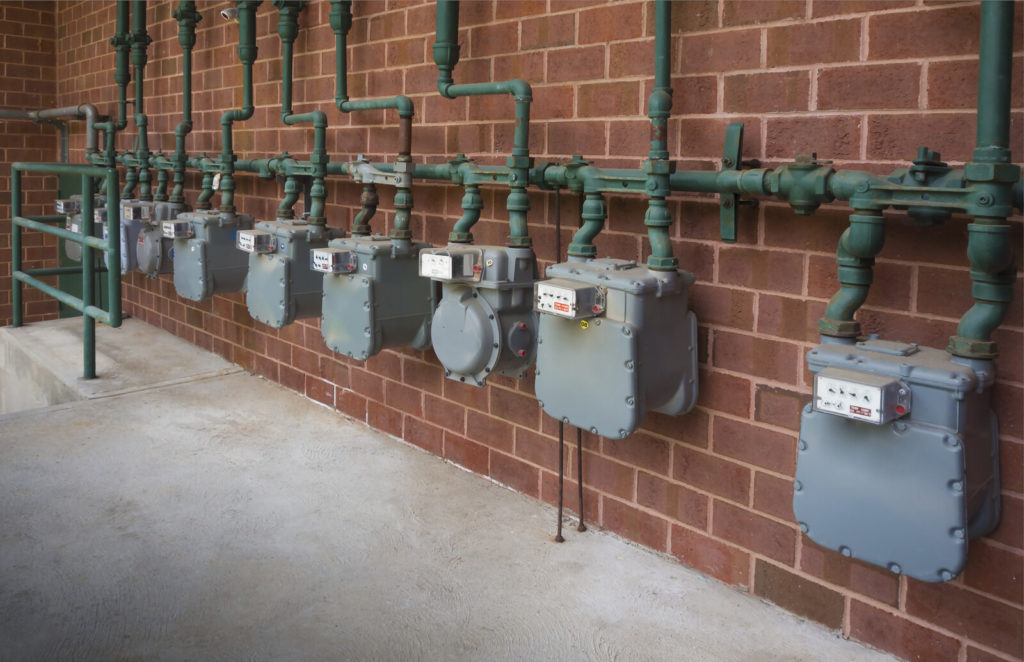

U.S. natural gas futures edged up to a 13-year high on Tuesday with a sharp drop in U.S. output and expectations freezing weather in Alberta, will boost heating demand as it moves into the United States next week.
Chicago, which gets some gas from Alberta, has already seen next-day gas prices rise to their highest since the February freeze in 2021. That price spike came even though the Windy City weather was still about five degrees warmer than normal at 63 degrees Fahrenheit (17.2 Celsius).
After rising almost 5% earlier in the session along with a 7% jump in crude futures, traders said U.S. gas prices pulled back after midday forecasts called for less cold weather over the next two weeks than previously expected.
U.S. front-month gas futures rose 3.7 cents, or 0.6%, to settle at $6.680 per million British thermal units (mmBtu), their highest close since November 2008 for a second day in a row.
U.S. gas futures have already soared about 78% so far this year with much higher prices in Europe keeping demand for U.S. liquefied natural gas (LNG) near record highs as several countries try to wean themselves off Russian gas after Russia invaded Ukraine on Feb. 24.
One of the more surprising observations about the recent U.S. price run-up was that while U.S. gas prices have soared about 44% over the past month, European gas, currently trading around $33 per mmBtu, fell about 23% because Russia keeps sending supplies via pipeline and LNG vessels keep delivering cargoes.
Analysts said that in addition to high global LNG demand, U.S. prices were rising on domestic concerns, including growing worries that cooler weather in April will keep heating demand high enough to prevent utilities from injecting much gas into storage. U.S. gas stockpiles were currently around 17% below the five-year (2017-2021) average for this time of year.
In the spot market, gas prices for Tuesday at the AECO hub in Alberta rose to their highest since March 2014 as homes and businesses crank up their heaters to escape a spring freeze.
AccuWeather forecast high temperatures in Calgary, the biggest city in the province, would remain below freezing for much of this week. That compares with a normal high of around 51 F in the city at this time of year.
Traders noted that Alberta’s cold, expected to reach the United States next week, would reduce gas exports from Canada.
Data provider Refinitiv said average gas output in the U.S. Lower 48 states rose to 94.6 billion cubic feet per day (bcfd) so far in April from 93.7 bcfd in March. That compares with a monthly record of 96.3 bcfd in December.
On a daily basis, however, preliminary data showed output was on track to drop 1.9 bcfd to 93.4 bcfd on Tuesday due mostly to declines in Appalachia. That would be the biggest daily decline since freezing weather shut wells in early February. Preliminary data, however, is often revised.
The amount of gas flowing to U.S. LNG export plants slid from a record 12.9 bcfd in March to 12.3 bcfd so far in April due mostly to declines at Freeport LNG’s facility in Texas and Cheniere Energy Inc’s Sabine Pass in Louisiana. The United States can turn about 13.2 bcfd of gas into LNG.
The amount of feedgas flowing to Sabine Pass on Tuesday was on track to fall to a preliminary 3.2 bcfd, the lowest since October 2021.
You can read more of the news on source



